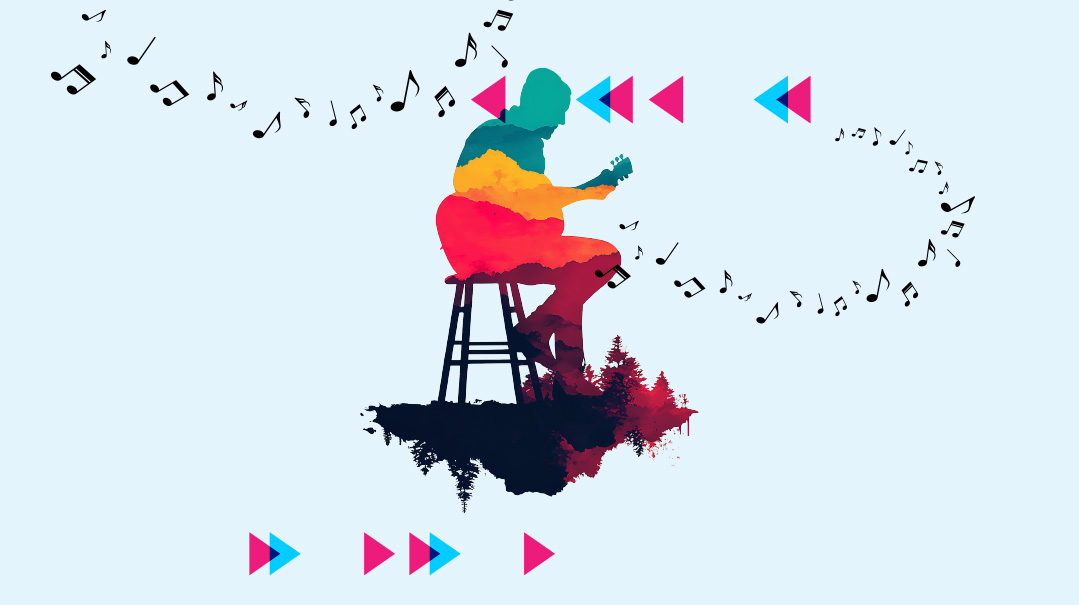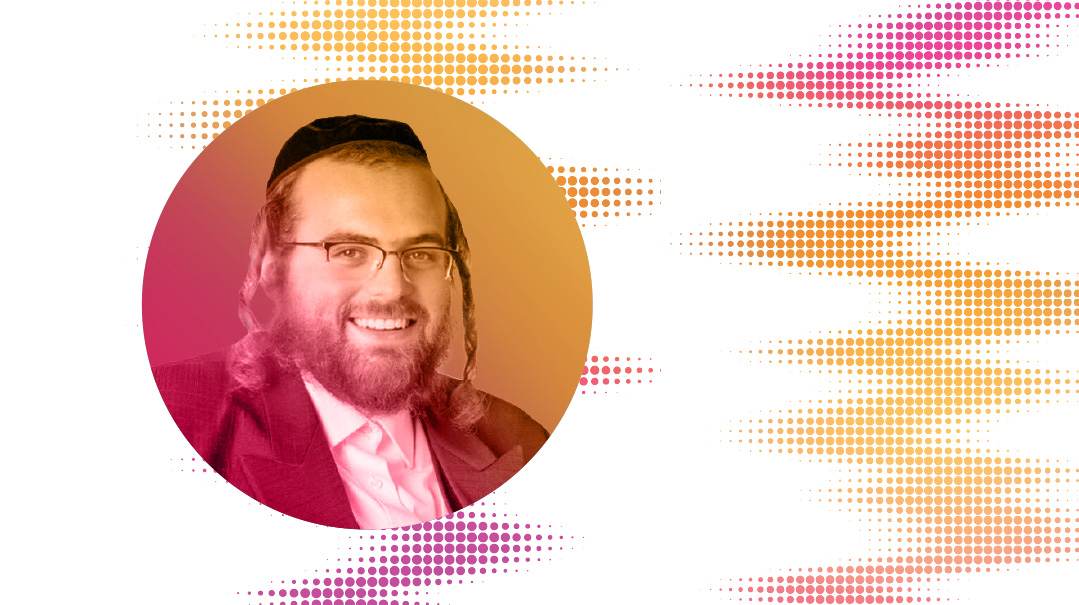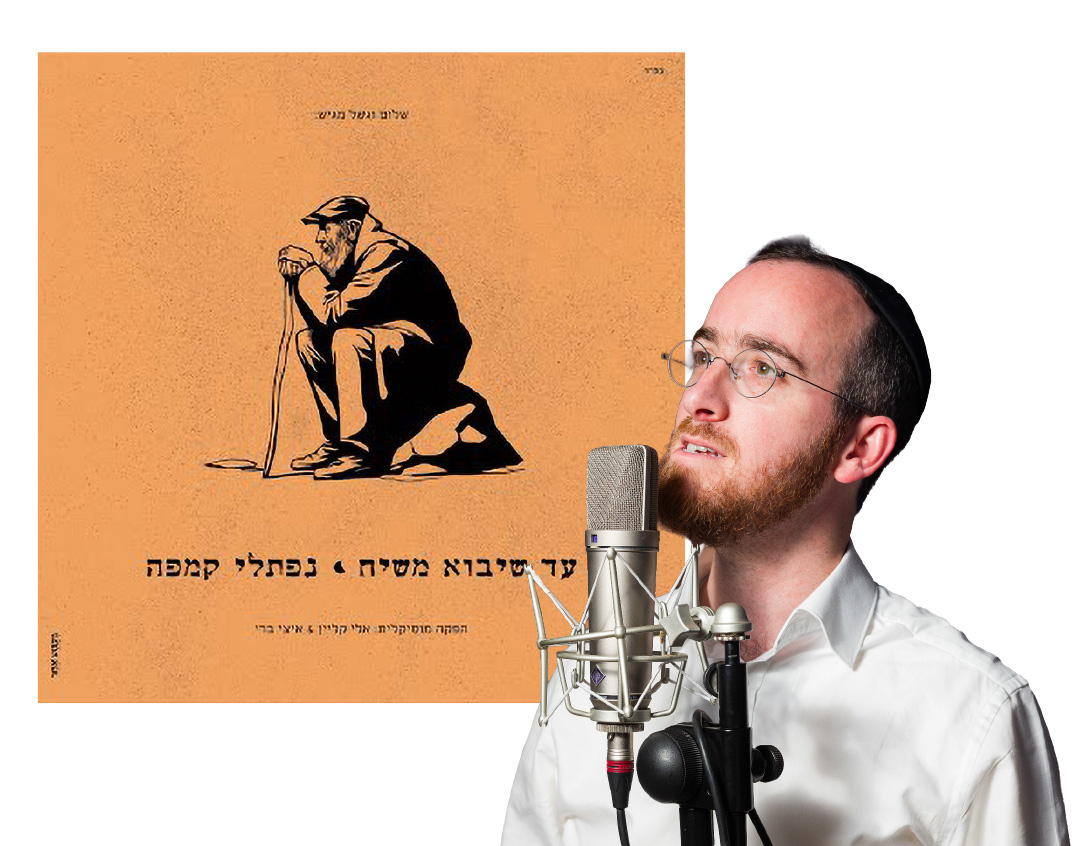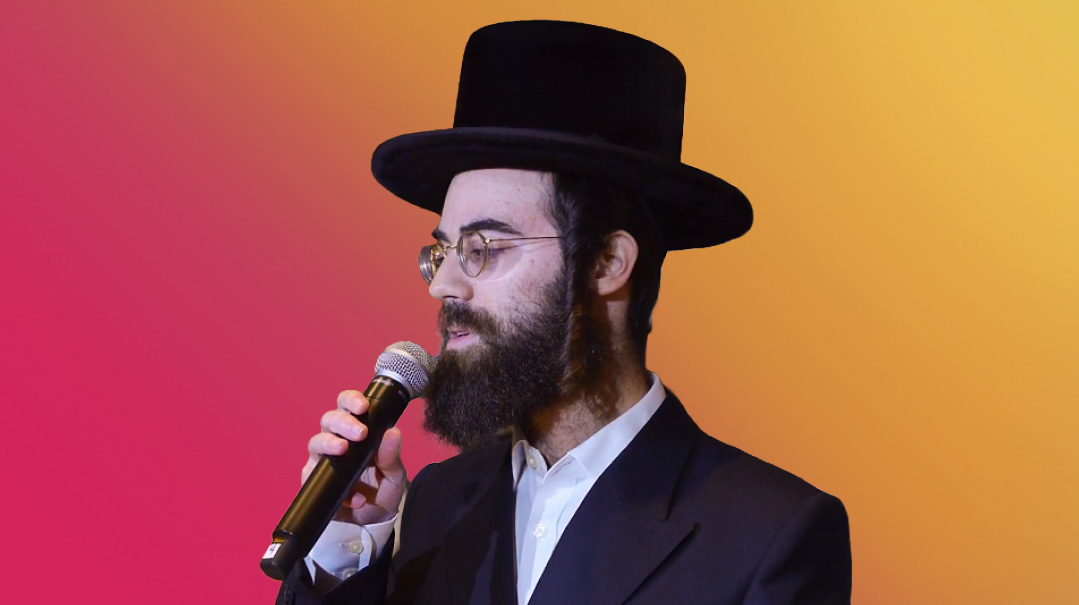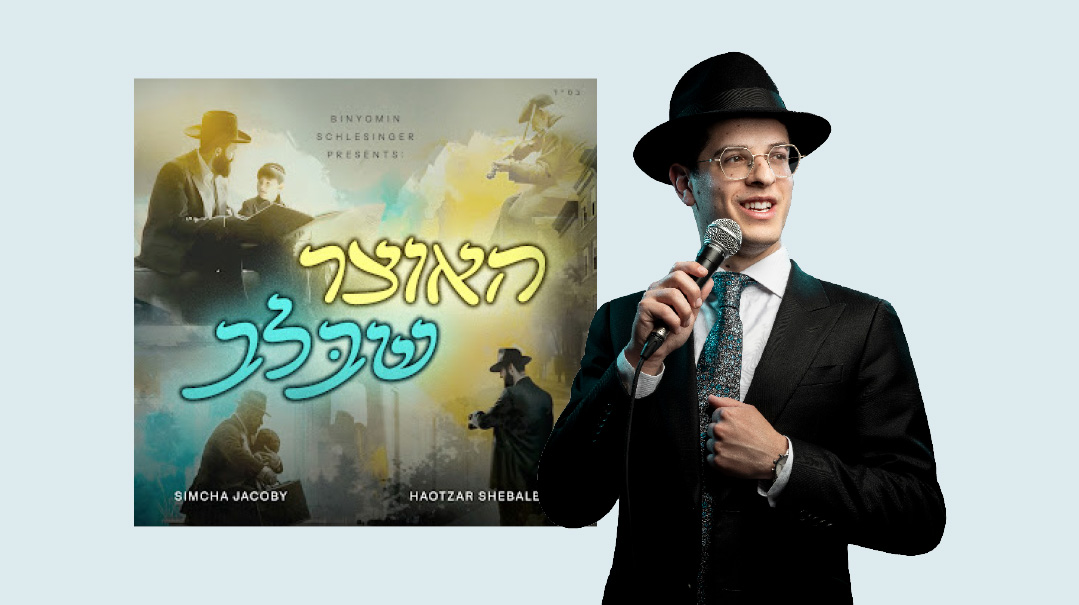Holy, Holy, Holy
| December 26, 2023What’s your go-to niggun for Kedushah, to help get to that very special place?

These times are worrisome and threatening, with winds of hostility blowing from all directions. But when the chazzan lifts his voice in Kedushah, the outside world seems to melt away. It’s Shabbos, you’re in shul, and really, all any of us can do is pray and sing. Like the angels on high, we stand together in praise of Hashem, knowing we can rely on Him alone.
What’s your go-to niggun for Kedushah, to help get to that very special place?
AVRUMI BERKO
Until Mashiach comes
Any song with a three-quarter time signature works really nicely for Shacharis, for example, “Venikeisi” by Reb Eli Teitelbaum and Yisroel Lamm, or the “Achas Shoalti” composed by Zalman Wald. Those fit in perfectly with the words and are well-known so that everyone sings along, which of course makes it a lot nicer. The prime favorites of baalei tefillah nowadays are “Acheinu” and “Ani Maamin,” which is nice, too — we’ll be singing those songs until Mashiach is actually here, bekarov mamash. Believe it or not, in the shul where I daven, one baal tefillah sang the fast song “Ki Hirbeisa” for the Mimkomcha part of Kedushah. Definitely got everyone’s attention, and anyone who wasn’t awake yet after the mikveh or after saying Nishmas was awake then.”
SHLOMO SIMCHA
Try it out
Every baal tefillah knows that he can rely on Shlomo Carlebach’s vintage “Mimkomcha,” which is not going anywhere any time soon. Another one I go to is Abie Rotenberg’s “Shema Koleinu” niggun, for “Hu Elokeinu” in Mussaf. And the most original tune that I’ve tried is “Forever One.” Try it!
RABBI SHLOIME TAUSSIG
Keep the davening geshmak
In addition to having a shul, I daven and sing at a lot of Shabbos programs for simchahs and yeshivah getaways, so I have had to come up with a variety of options to keep the davening geshmak and appreciated by everybody. If I have to pick out one specific go-to, it would probably be the vintage Pirchei “Ani Maamin,” which works perfectly. One of the most original options I’ve used is singing Kedushah to the tune of “Mikolos Mayim Rabim.”
YOSSI SONNENBLICK
Staying classic
I usually go with the more traditional, classic tunes. Here are some of my favorites:
Abie Rotenberg’s “Ani Maamin” (Dveykus 4), Abie’s “Haben Yakir Li” (Dveykus 3), and “Eilecha” (Pirchei Sings Vol II). As of late, Abie’s “Acheinu” seems very appropriate, so we’re singing that.
SHLOIME DACHS
The most original tune
My favorite has to be the classic, the one and only Carlebach “Mimkomcha.” The most original niggun I’ve ever used here, though, is the “Ein Kitzvah” piece from the Yamim Noraim. It has three parts, including the second part that has the tzibbur answering back and forth, which makes it very special.
YOSEF WARTELSKY
Blanked out
Not long after my bar mitzvah, I was davening at the amud in an unfamiliar shul — that’s the type of bar mitzvah boy I was, happy to daven whenever I could. I had prepared a really great tune, and I also knew the backup, one of the regular ones. Everyone was quiet, waiting for me to begin, and I blanked out on my prepared tune. I went to the backup, but my mind went blank on that as well. I was beet red with embarrassment, squirming, and I just started to, I guess the only word for it is compose, on the words I had to say. People were trying to hum along and make some noise — I think they knew what had happened and felt bad for me. Then, half way through, I heard a voice from the back — my older brother was singing, bailing me out with a popular niggun, which everyone joined. Despite what I went through that day, I think it’s great for boys to get experience davening as shaliach tzibbur, and as a camp director, we love to offer that experience in camp.
LEVY FALKOWITZ
Old-time memories
There is a certain Mimkomcha from Kedushah that I grew up with that takes me back to old-time memories. It’s known as the Satmar Mimkomcha, but the story goes that it’s a melody which has its roots in Chabad. The Satmar Rebbe heard it from a Chabad chassid on the ship when he travelled to America.
EZRA LUBELSKY
A Dveykus niggun
I very much like the old-time famous Mimkomcha from Pirchei Agudas Yisrael of America (Pirchei Sings). I also sometimes sing the “Dveykus Niggun” from the Reb Dovid Werdyger’s Niggunei Melitz album, or Yossele Rosenblatt’s “Shomer Yisrael.”
YEHUDA GREEN
My own compositions
My favorites are Reb Shlomo Carlebach’s vintage “Vehayu Limeshisah,” and, in newer material, my own songs “Rebbe Rebbe Rebbe” and “Barcheini,” which both work very well.
MOSHY KRAUS
Introducing a tish niggun
The usual nusach I go with is the famous Mimkomcha composed by Reb Yechezkel Rottenberg Hy’d, gabbai of the Kedushas Tzion of Bobov. If I am in my regular shul, I sometimes vary things by singing a certain niggun sung by the Rebbe of Tosh at the Friday night tish. It’s not widely known, but I’m very connected to that niggun, and I hope to put it out on an album of Tosher niggunim -- one day b’ezras Hashem!
SIMCHA LEINER
Maintaining the nusach modes
This past Shabbos I was chazzan at an aufruf. While it’s nice to sing, I still try to maintain the proper traditional nusach modes of each Kedushah. So for Kedushah of Shacharis, I started with the classic chuppah song melody for the beginning, did nusach for “Az bekol…” and then switched into everyone’s favorite “big” Mimkomcha from Carlebach. During Mussaf I started with a song in a major key and wove that in and out of nusach. For the section beginning “Shema Yisrael…” I started with the famous Leib Glantz opening, and then switched into an upbeat wedding song.
ELIMELECH BLUMSTEIN
Stick to holy songs
I love Chabad’s “Hu Elokeinu,” for Kedushah of Mussaf. In our shul, Kehal Mevakshai Hashem in Lawrence, we sing it every week, and the energy is incredible. The most original niggun I’ve heard for Kedushah was someone trying to fit the national anthem into the words. It fell flat, which I take is probably a sign to stick with holy niggunim.
(Originally featured in Mishpacha, Issue 992)
Oops! We could not locate your form.

